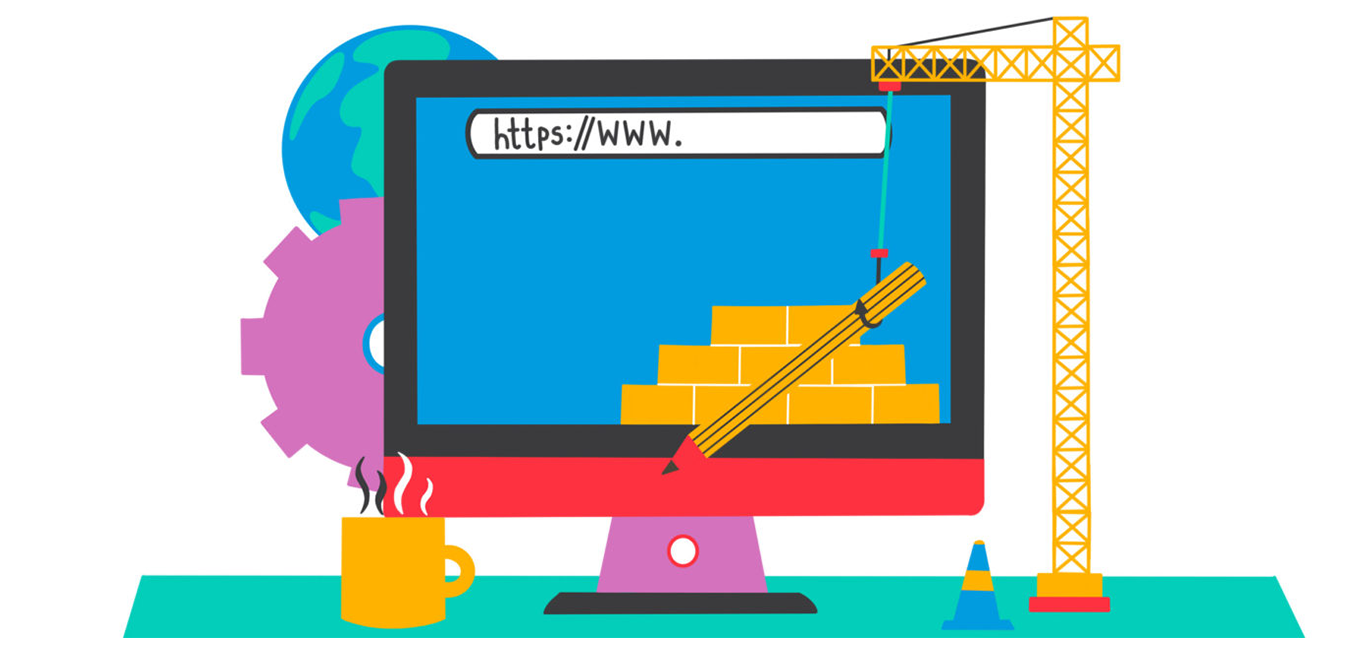At Mobiteam, we have experience building websites and digital strategies for clients of all sizes and we know firsthand the amount of work that goes into every project. Though each project comes with its own quirks and challenges, designing and building an enterprise website is an especially involved process that requires upfront investment in planning and strategy.
Existing enterprise websites can often comprise thousands of pages of content or even hundreds of disparate microsites, and overhauling the design and information architecture of such sites can quickly become overwhelming. Building an enterprise site from the ground up is also challenging in that it requires the foresight to plan for a range of situations and use cases that may not have actually occurred yet.
Working with our enterprise clients over the years has given us deep insight into what works and what doesn’t when it comes to designing digital experiences at this level. Below we share a few of the strategies we know make a difference.
Be relentlessly user-focused
When approaching a redesign, or even a brand new site builds, it’s common that companies fall into the trap of prioritizing the story they want to tell over conveying the information their users need to hear.
Though the website should be considered the face of your company online, it has to do far more than just look good. Remember that when you boil it down, the website exists for one purpose: to serve your users. Every decision made about the website should be predicated on whether or not the end result will benefit users.
It’s helpful to return to this question routinely throughout the strategy and planning phases, asking what more you can do to exceed the user’s expectations, make their experience more enjoyable, and ensure they leave the site with a positive impression of your company, having achieved what they came to the website to do.
Understand user personas and internal stakeholders
In order to be relentlessly user-focused, you must first understand your audience of users. At the enterprise level, this audience is likely wide-ranging, including people from all over the country or all over the world, in different roles and functions, and with a variety of tasks they arrive at the site hoping to achieve. While you probably can’t find a way to speak effectively to all of them, with a little work you can identify and isolate the most important segments of your audience so that you can design the site to address their needs.
Internal stakeholders will also play a big role in determining site architecture and design direction. Stakeholders from different departments bring valuable knowledge about what customers want and need from the site experience. The views of marketing compared to sales, or operations compared to human resources, for example, will differ. Visibility into these differences will give you a more holistic understanding of where the greatest opportunities lie.
Focus on breadth, depth, and layout of content
At the enterprise level content needs are usually complex. As explored above, there are a number of distinct user groups you need to reach and content flows must be tailored to each of them.
In terms of what content you need to provide, aim to strike a balance between breadth and depth. Overly broad content will lack meaningful focus, while a strategy that’s too narrow will risk alienating users who don’t see their questions or needs reflected. Go too deep and your audience becomes lost in the weeds. Not deep enough and you fail to provide value.
Almost equal in importance to the types of content you create is the way you choose to present it to users. Remember that attention spans online are getting shorter all the time, so assume that most people do not read or watch your content the whole way through. Design content layouts that make text easy to skim and highlight the most salient takeaways so they’re hard to miss.
Always prioritize mobile
By now every business with a website understands that the mobile experience is equally as critical to the user, if not more so, than the desktop experience. Mobile usability is also core to your brand’s visibility in search.
From the perspective of the user, bad mobile usability is interpreted as an indication that the brand either doesn’t care what the experience is, or is stuck in a past where the desktop was the only thing that mattered. Both of these assumptions erode user trust and can depress site conversions and tarnish your brand’s image if they go unchecked.
Of course, designing mobile experiences–and especially retrofitting existing desktop experiences to perform on mobile–only gets more complex at the enterprise level where content is robust and there may be many layers of navigation. But prioritizing mobile is worth the effort to keep users satisfied, and it’s been shown to have a positive impact on sales. This is equally true in both B2B and B2C settings.
Building better enterprise experiences
Though designing effective digital experiences for the enterprise presents unique challenges in terms of scale and complexity, with a bit of strategic planning and a properly executed process, this goal is certainly within reach.
By focusing on the user’s needs, returning regularly to the question of what will make the experience faster, more efficient, and more satisfying, you can ensure that regardless of scale you’ll be building something that will both engage and delight.






